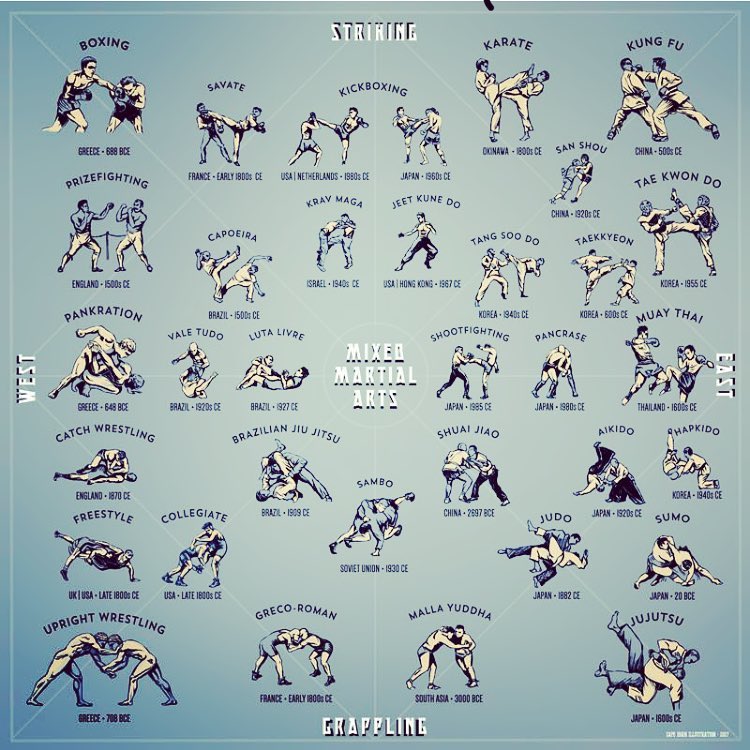Just How Do Standard Martial Arts Focus On Discipline Compare To Modern-Day Fight Sporting Activities Focus On Competitors? Discover The Key Distinctions That Can Shape Your Journey
Just How Do Standard Martial Arts Focus On Discipline Compare To Modern-Day Fight Sporting Activities Focus On Competitors? Discover The Key Distinctions That Can Shape Your Journey
Blog Article
Developed By-Thuesen Brady
When you think about martial arts, do you lean much more toward the standard practices or the contemporary battle sporting activities? Each path supplies unique advantages and experiences, formed by their viewpoints and training approaches. Traditional martial arts highlight individual development and technique, while modern fight sporting activities concentrate on competition and efficiency. Recognizing these differences can assist you in picking the best approach for your trip. Yet how do these differences manifest in training and ideology?
The Philosophy and Background Behind Standard Martial arts
While many people associate martial arts with physical combat, the philosophy and background behind standard martial arts run much deeper. You'll discover that these disciplines highlight personal development, technique, and respect.
Originating from ancient methods, standard martial arts were commonly created for Self-Defense and spiritual growth. They symbolize concepts such as equilibrium, consistency, and self-constraint, assisting specialists past simple battling skills.
As you train, you'll not just discover techniques yet also obtain insights into the society and values that formed these arts. The routines and traditions, often given with generations, promote a feeling of area and belonging.
The Affordable Nature of Modern Fight Sports
Modern battle sporting activities have changed the landscape of martial arts right into a very affordable field, where professional athletes challenge in a test of ability, technique, and endurance.
You'll notice that competitions are frequently organized with strict guidelines and regulations, making certain fair play and safety. These occasions attract large target markets, fueling the excitement and strength of matchups.
Athletes train carefully, not just for physical expertise however likewise for mental strength, recognizing that every information counts in the ring. recommended site during competitors is palpable, as competitors push their limits to declare triumph.
relevant webpage and artistry included, making contemporary fight sports a thrilling phenomenon that continues to develop and astound fanatics worldwide.
Training Methods and Techniques: A Relative Evaluation
The affordable environment of modern fight sports demands innovative training techniques that vary significantly from traditional martial arts.
In contemporary training, you'll focus on particular methods, competing, and conditioning, usually using drills that simulate genuine battle circumstances. You'll see an emphasis on measurable efficiency and frequent competition to assess your skills.
In browse around this website , standard martial arts prioritize types, katas, and thoughtful mentors, typically emphasizing technique and respect over competitors.
Training is typically less intense and might include repetitive practice rather than real-time sparring.
While both strategies develop ability and physical fitness, contemporary combat sporting activities offer a more vibrant and adaptable training atmosphere, preparing you for prompt obstacles in the ring or cage.
Select the path that lines up with your goals and passions.
Conclusion
In picking in between standard martial arts and contemporary combat sporting activities, it really comes down to what you value most. If martial arts edinburgh looking for personal growth, self-control, and a sense of community, typical arts may be your best fit. However if you grow on competitors and real-time challenges, modern fight sporting activities could be the method to go. Inevitably, both courses use one-of-a-kind advantages, so it's all about aligning your training with your personal objectives and rate of interests.
